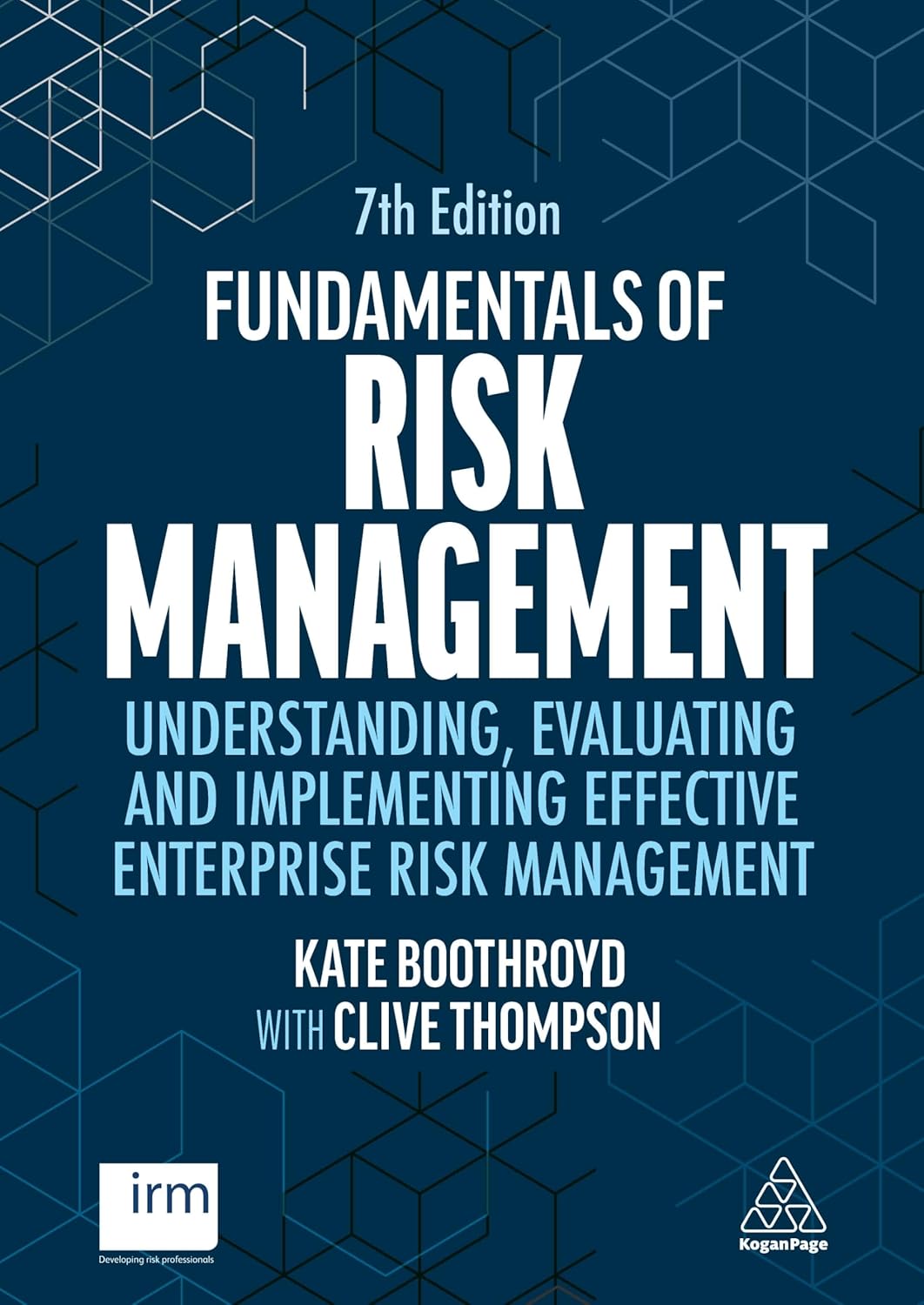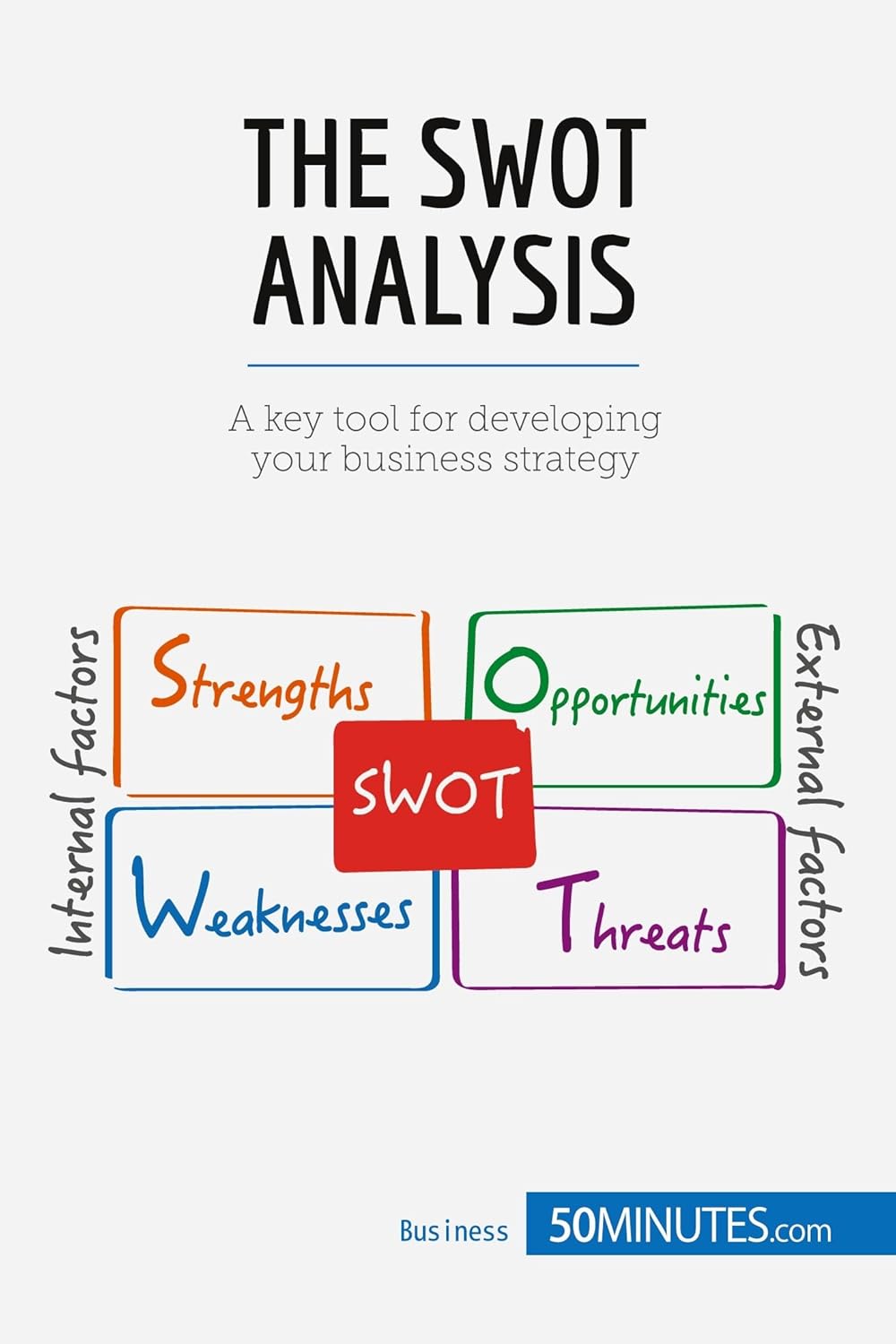
SWOT Analysis
What is SWOT Analysis?
SWOT analysis is a strategic planning tool used to identify and evaluate the Strengths, Weaknesses, Opportunities, and Threats that may affect a project, business, or decision. It helps teams gain a clear understanding of internal and external factors that could influence success. By categorizing these four elements, organizations can build on strengths, address weaknesses, take advantage of opportunities, and mitigate threats. Typically, teams conduct this analysis during the planning phase, but they can also use it throughout a project’s life cycle to reassess priorities or pivot direction.
This technique supports informed decision-making and often appears in a four-quadrant grid format. It encourages stakeholder input and fosters discussion of how different aspects of a project interact. Due to its simplicity and versatility, people widely use SWOT analysis across industries and business sizes.
Key Points
- SWOT stands for Strengths, Weaknesses, Opportunities, and Threats.
- It provides a structured way to assess both internal factors (strengths and weaknesses) and external factors (opportunities and threats).
- The tool supports strategic thinking by highlighting areas to improve or leverage.
- It is most effective when used collaboratively with input from multiple stakeholders.
- SWOT does not provide solutions but helps frame issues to guide further analysis or planning.
Related Terms
- The risk management process often draws from SWOT findings to identify and plan for potential threats.
- A stakeholder analysis can support SWOT by clarifying who might influence or be affected by strengths and weaknesses.
- A PESTLE analysis expands on the external environment to identify political, economic, social, technological, legal, and environmental factors related to opportunities and threats.
- Strategic planning often begins with a SWOT analysis to align goals with current capabilities and future conditions.
- Gap analysis may follow SWOT to compare current performance with desired outcomes and address weaknesses.
SWOT Analysis: Example
A non-profit organization planning a new fundraising campaign conducts a SWOT analysis. They identify a strength in their strong community relationships and a weakness in their limited digital outreach. An opportunity exists in the growing popularity of online giving, while a threat arises from competing charities with larger digital budgets. This analysis helps them focus on improving digital skills and using community support to build momentum online.
SWOT Analysis: Best Practices
- Involve a diverse group of participants to ensure a well-rounded analysis.
- Use real data to support the identification of each SWOT category.
- Keep the analysis focused on a specific objective or decision.
- Revisit and update the analysis as the project or environment changes.
- Combine with other planning tools to create a complete strategy.
Additional Resources
Preparing for a PMI certification?
- Exam Prep Courses: PMP®, CAPM®, and PMI-ACP®
- Exam Simulators: PMP®, CAPM®, PMI-ACP®, PMI-PBA®, PMI-RMP®, PMI-SP®, PgMP®, and PfMP®
- Professional Development Units (PDUs): 15, 30, and 60 PDU Bundles




